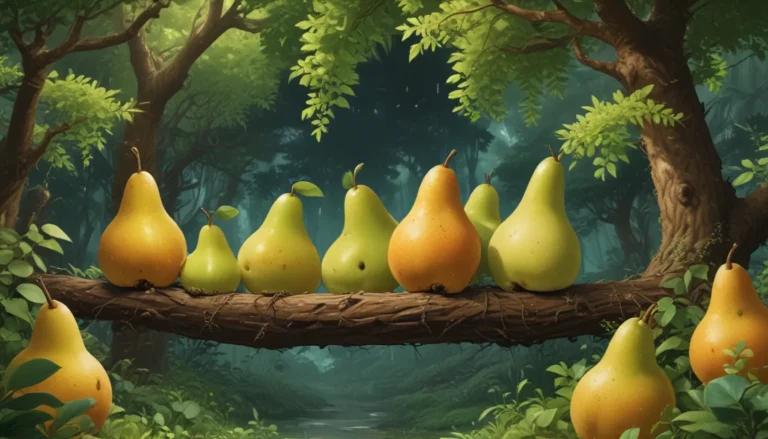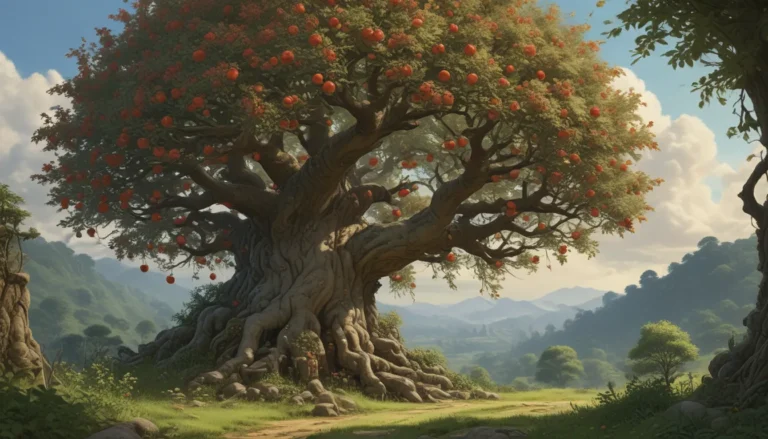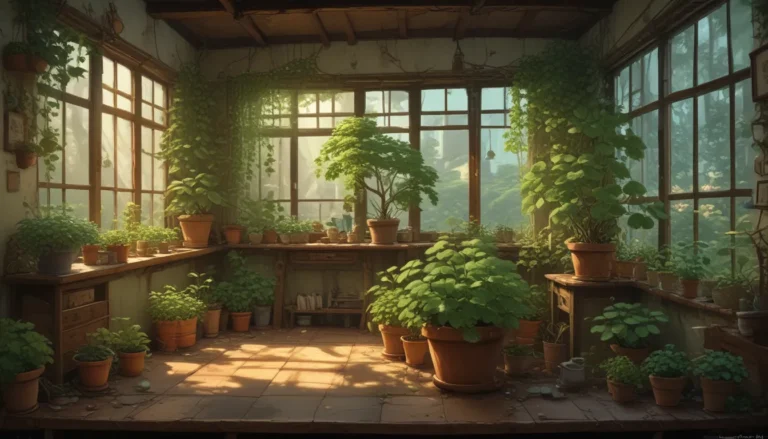Everything You Need to Know About Getting Your Yucca to Bloom

Yuccas are striking ornamental plants, known for their long, spiky leaves that bring vertical evergreen interest to any garden. On top of that, they produce stunning spikes of cream to white, bell-shaped flowers in the summer – when conditions are just right.
Originating from hot, arid regions of the Americas and the Caribbean, yuccas are easy-care plants that require minimal maintenance. However, getting them to bloom consistently can be a challenge, leaving gardeners disappointed when their plants fail to produce flowers.
In many species, new plants may not flower until they are approximately three years old. Additionally, it can take time for new specimens to settle in and start flowering. Factors such as overwatering, overfertilization, inadequate water, lack of nutrients, and improper pruning can all affect flowering in yuccas.
The good news is that with a little bit of care and attention, you can encourage your yuccas to bloom year after year. If your garden is currently lacking the beauty of yucca flowers, fret not! In this detailed guide, we will walk you through the essential steps to ensure your yucca plants burst into bloom.
Let’s dive into the world of yuccas and explore everything you need to know to help your plants thrive and produce those magnificent blossoms.
Yucca Basics
Yuccas belong to the agave subfamily of the asparagus family and comprise over 50 species of spiky shrubs and trees that thrive in hot, arid regions of the Caribbean, Central America, and North America. These plants range in size from compact, low-growing shrubs to towering trees like the Joshua tree, which can live for an astonishing 150 years.
As drought-tolerant succulents from desert regions, yuccas have the ability to survive for months without water by utilizing stored supplies in their trunks or bulbous bases. Their sharp, spiky leaves add a unique texture to garden landscapes, making them ideal as specimen plants or privacy screens. Various species of yucca flower at different times, with blooms typically appearing during the warm summer months.
Yuccas spread by rhizomes, producing new rosettes or offsets that are attached to the parent plant. Each rosette typically flowers once before slowly declining, but new rosettes are continuously produced, ensuring a consistent cycle of growth and flowering. While the main rosette can start flowering in as little as two to three years under ideal conditions, it may take longer in partial shade or moist soil.
Indoor yuccas, however, rarely receive adequate light to bloom, making it challenging to see flowers on these plants. Though yuccas are generally hardy in USDA Zones 5 to 11, certain species can withstand colder conditions in Zones 4 and 3.
Light and Location
One of the critical factors that influence yucca blooming is light exposure. To encourage blooming, it is essential to place your yuccas in a location that receives full sun, even in areas with intense afternoon heat. While they can tolerate indirect sunlight that is bright enough to reflect off surfaces like fences or walls, low light or shady locations can inhibit flowering.
Yuccas require well-draining soil with a slightly acidic to neutral pH of 5.5 to 6.5 to prevent root rot. Cold temperatures can also impact flower buds, so it’s advisable to protect them during extreme weather conditions.
Feeding and Watering
Even though yuccas are known for thriving in neglect and poor conditions, regular watering and feeding during the growing season are essential to encourage flowering. Water your yucca plants every two to three weeks, ensuring thorough watering to a depth of 18 inches to keep the root system hydrated.
Fertilize your yuccas every four to six weeks using a nutrient blend designed for cacti and succulents, with a higher phosphorus content to promote flower development. Proper fertilization can help maintain manageable foliage while channeling energy into flowering.
Container Care
For yuccas grown in containers, it’s crucial to provide adequate support for their rhizomes by using large pots with drainage holes. Adding a layer of drainage material to containers, such as pebbles or broken pottery, helps keep excess water away from the roots.
When planting yuccas in containers, use a mix of potting medium and grit to ensure proper drainage. Choose cultivars that are suitable for your climate and manageable size for containers, such as dwarf varieties like Yucca nana. Container plants require more frequent watering and feeding compared to those grown in the ground.
Pruning
Pruning plays a vital role in encouraging yuccas to bloom by removing dead or dying leaves and old flower stalks. Pruning redirects plant energy towards new growth and flower production, resulting in healthier plants that bloom more consistently.
To prune yuccas effectively, use clean, sharp garden shears to remove dead leaves at the bottom of rosettes. Additionally, you can trim lower, downward-facing leaves to create a more aesthetically pleasing appearance. Removing old flower stalks after flowering is essential to promote new blooms in the future.
Bring on the Blooms!
With the right care and attention, you can transform your yucca plants into blooming beauties that add a touch of elegance to your garden. By providing adequate light, water, nutrients, and pruning, you can ensure that your yuccas produce stunning flowers year after year.
If you’re looking to enhance your garden with the vibrant blooms of yuccas, follow the tips outlined in this guide to create a flourishing and visually appealing landscape. Feel free to share your own blooming tricks and experiences with yuccas in the comments section below!
For additional information and tips on yucca care, check out these resources:
- Are Yucca Plants Edible? – How to Divide and Transplant Yucca Offshoot Pups
Remember, patience is key when it comes to yuccas, so give your plants the time and care they need to blossom into spectacular displays of natural beauty. Happy gardening!





